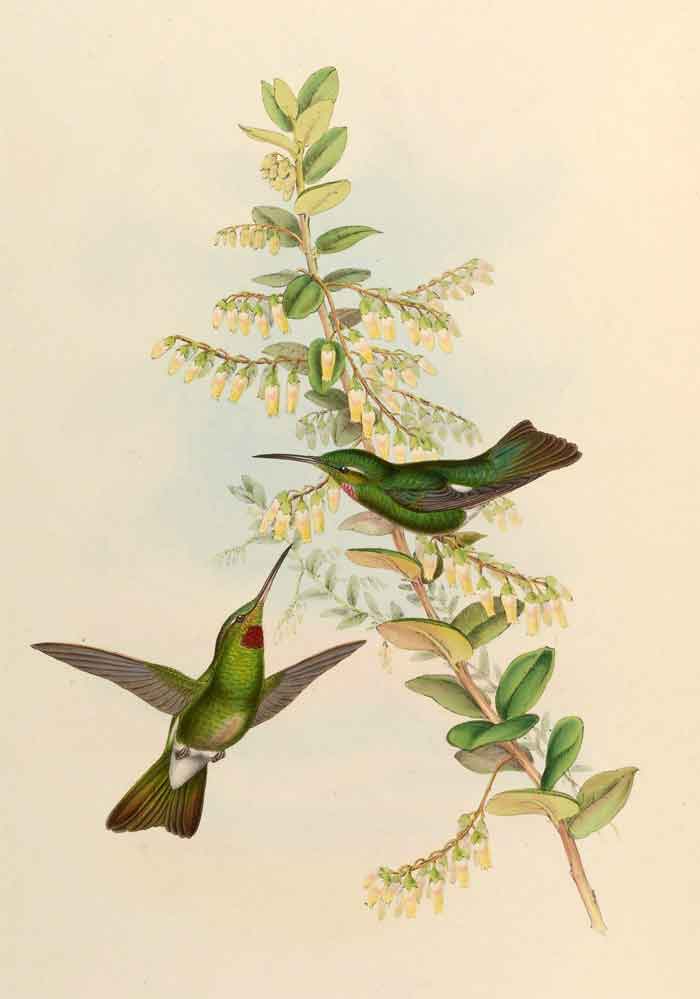
Superregnum: Eukaryota
Cladus: Unikonta
Cladus: Opisthokonta
Cladus: Holozoa
Regnum: Animalia
Subregnum: Eumetazoa
Cladus: Bilateria
Cladus: Nephrozoa
Superphylum: Deuterostomia
Phylum: Chordata
Subphylum: Vertebrata
Infraphylum: Gnathostomata
Megaclassis: Osteichthyes
Cladus: Sarcopterygii
Cladus: Rhipidistia
Cladus: Tetrapodomorpha
Cladus: Eotetrapodiformes
Cladus: Elpistostegalia
Superclassis: Tetrapoda
Cladus: Reptiliomorpha
Cladus: Amniota
Classis: Reptilia
Cladus: Eureptilia
Cladus: Romeriida
Subclassis: Diapsida
Cladus: Sauria
Infraclassis: Archosauromorpha
Cladus: Crurotarsi
Divisio: Archosauria
Cladus: Avemetatarsalia
Cladus: Ornithodira
Subtaxon: Dinosauromorpha
Cladus: Dinosauriformes
Cladus: Dracohors
Cladus: Dinosauria
Ordo: Saurischia
Cladus: Eusaurischia
Subordo: Theropoda
Cladus: Neotheropoda
Cladus: Averostra
Cladus: Tetanurae
Cladus: Avetheropoda
Cladus: Coelurosauria
Cladus: Tyrannoraptora
Cladus: Maniraptoromorpha
Cladus: Maniraptoriformes
Cladus: Maniraptora
Cladus: Pennaraptora
Cladus: Paraves
Cladus: Eumaniraptora
Cladus: Avialae
Infraclassis: Aves
Cladus: Avebrevicauda
Cladus: Pygostylia
Cladus: Ornithothoraces
Cladus: Ornithuromorpha
Cladus: Carinatae
Parvclassis: Neornithes
Cohors: Neognathae
Cladus: Neoaves
Superordo: Caprimulgimorphae
Ordo: Apodiformes
Familia: Trochilidae
Subfamilia: Trochilinae
Genus: Heliodoxa
Species: Heliodoxa gularis
Name
Heliodoxa gularis (Gould, 1860)
Type locality: Rio Napo, Ecuador.
Synonyms
Aphantochroa? gularis (protonym)
Agapeta gularis (Gould, 1860)
References
Gould, J. 1860. Description of Twenty-two New Species of Humming-Birds. Proceedings of the Zoological Society of London Pt 28: 304–312. BHL Reference page. p. 310
Links
IUCN: Heliodoxa gularis (Least Concern)
Vernacular names
English: Pink-throated Brilliant
español: Brillante gorjirrosado
The pink-throated brilliant (Heliodoxa gularis) is a species of hummingbird in the "brilliants", tribe Heliantheini in subfamily Lesbiinae. It is found in Colombia, Ecuador, and Peru.[3][4]
Taxonomy and systematics
The pink-throated brilliant was at times treated as the sole member of genus Agapetornis and then Agapeta. In the mid 20th century Agapeta was merged into the present genus Heliodoxa.[5] The species is monotypic.[3]
Description
The pink-throated brilliant is about 11 to 12 cm (4.3 to 4.7 in) long. The sexes are essentially identical. Both have the eponymous glittering pinkish red throat patch, though the female's is smaller. They have an almost straight black bill, a white spot behind the eye, and shining green upperparts with an iridescent green stripe in the middle of the forehead. The breast is shining green, the belly gray, and the undertail coverts whitish. The tail is long, forked, and bronzy green.[6]
Distribution and habitat
The pink-throated brilliant is mostly found from the southern end of Colombia's Eastern Andes into Ecuador as far as Sucumbíos and Napo provinces. There are also a few records in northeastern Peru. It inhabits humid montane forest at elevations between 250 and 1,050 m (820 and 3,400 ft).[6]
Behavior
Movement
The pink-throated brilliant is believed to be sedentary.[6]
Feeding
The pink-throated brilliant has been documented feeding at the flowers of Psittacanthus and other members of family Loranthaceae. It also feeds on insects.[6]
Breeding
Almost nothing is known about the pink-throated brilliant's breeding phenology.[6]
Dickcissel male perched on a metal pole singing, with neck stretched and beak open.
Songs and calls
Listen to pink-throated brilliant on xeno-canto
Vocalization
What is thought to be the pink-throated brilliant's song is "a repeated nasal 'keuw'...also given as a single note in flight and while feeding."[6]
Status
The IUCN assesses the pink-throated brilliant as least concern. Its forest habitat continues to be cleared for agriculture, ranching, mining, and logging.[1] It does occur in a few protected areas in Colombia but none in Ecuador.[6]
References
BirdLife International (2022). "Pink-throated Brilliant Heliodoxa gularis". IUCN Red List of Threatened Species. 2022: e.T22687721A210310352. Retrieved 23 July 2022.
"Appendices | CITES". cites.org. Retrieved 2022-01-14.
Gill, F.; Donsker, D.; Rasmussen, P., eds. (January 2022). "Hummingbirds". IOC World Bird List. v 12.1. Retrieved January 15, 2022.
HBW and BirdLife International (2020) Handbook of the Birds of the World and BirdLife International digital checklist of the birds of the world Version 5. Available at: http://datazone.birdlife.org/userfiles/file/Species/Taxonomy/HBW-BirdLife_Checklist_v5_Dec20.zip [.xls zipped 1 MB] retrieved 27 May 2021
Remsen, J. V., Jr., J. I. Areta, E. Bonaccorso, S. Claramunt, A. Jaramillo, D. F. Lane, J. F. Pacheco, M. B. Robbins, F. G. Stiles, and K. J. Zimmer. Version 31 January 2022. A classification of the bird species of South America. American Ornithological Society. https://www.museum.lsu.edu/~Remsen/SACCBaseline.htm retrieved February 1, 2022
Züchner, T., C. J. Sharpe, and P. F. D. Boesman (2020). Pink-throated Brilliant (Heliodoxa gularis), version 1.0. In Birds of the World (J. del Hoyo, A. Elliott, J. Sargatal, D. A. Christie, and E. de Juana, Editors). Cornell Lab of Ornithology, Ithaca, NY, USA. https://doi.org/10.2173/bow.pitbri1.01 retrieved 6 May 2022
Retrieved from "http://en.wikipedia.org/"
All text is available under the terms of the GNU Free Documentation License

